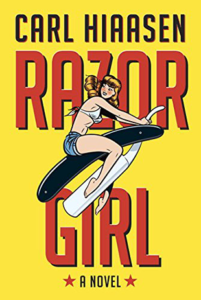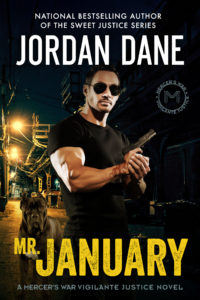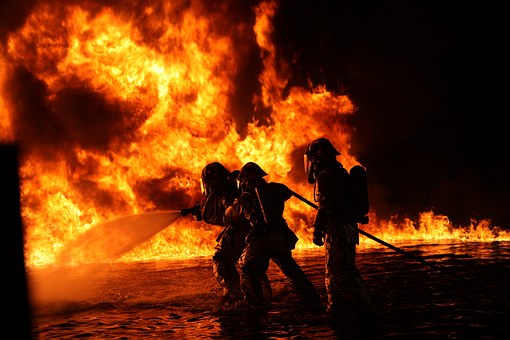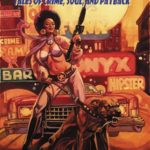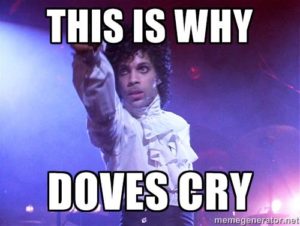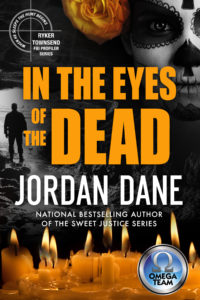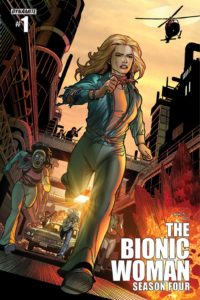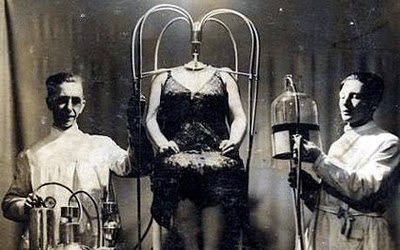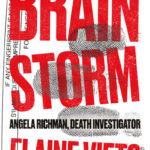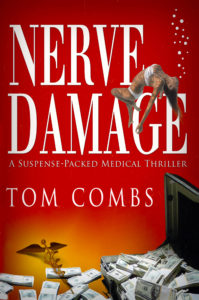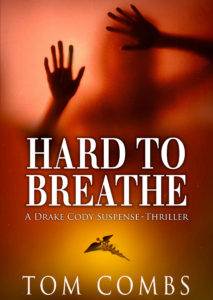I have a first-page critique for your consideration today. Please read and comment. My feedback is on the flip side.
***
“I can’t do this anymore I hate you. Listen to me, I really do hate you. You prick”
Angie screamed those words and cried them at the same time, it was a horrible indescribable sound but Danny didn’t seem to care.
“Well if you hate me so much then pack your bags and leave, but I’m keeping the kids, do you hear that THEY ARE MINE NOT YOURS, MINE, so go on sod off. No one likes you anyway, you waste of space”
She started to cry, uncontrollably a solemn weep that seemed to come from a place, no, a pit so very deep inside and below it could have been hell. Sitting in her new kitchen, with her beautiful babies upstairs, this man, if he actually qualified as a man was trying to finish her off altogether. He acted and spoke like a child but he was 37 and the love of her life.
They had been childhood sweethearts, next door neighbours and nobody had ever understood her like Danny. The crack the prostitution, the gambling, the shoplifting even the trafficking. All those years ago…It was another life.
Look, she new she wasn’t perfect. But Danny understood why, Danny understood her and now he was gone or he may as well have been.
He didn’t love her, he didn’t want her anymore and she felt done with love, with life with everything, it was all too much. So, she pulled herself up from the manky chair she was slumped in, her favourite velour chair that was once red, ready to go upstairs and pack up her life.
“I never loved you, you stupid, pathetic cow” Danny laughed the words in her face as if she was nothing, as if they had never had anything together, as if she was dirt under their wheelybin. PIG, she shouted in her head, because she didn’t have the energy to say it out loud, he had drained her that much, HE WAS WORSE THAN THE DIRTIEST MOST DISGUSTING FILTHY SHIT INFESTED PIG.
“You had better go right now” he said “Sharon’s coming round.” She’s been desperate for me to tell you and now I’ve done it. Why did it take me so long, he laughed, laying on the floor watching telly, to kick someone as ugly, stupid and pathetic as you out?”
FEEDBACK
I had a tough time with this submission. The lack of punctuation, the overabundance of run on sentences, typos, and writing craft issues made it a hard read. My biggest concern was for the main character of Angie. I found her overly aggressive without vulnerability. I didn’t find her redeemable in this first peek. It’s a fine line to portray real emotion in a scene, like fighting, if a writer doesn’t connect the reader with the character’s redemption and a humanity the reader can relate to. I’ll have suggestions on this below, but let’s look at basics first.
In order to submit to an editor or agent, or even self-publish, an author must know basic grammar and punctuation rules to submit a clean copy. Otherwise it would be too easy for the industry professional to reject it before they get a paragraph into it. Below are my more detailed thoughts.
Run On Sentences – Examples:
First sentence is a run on with poor punctuation.
Example 1: “I can’t do this anymore I hate you. Listen to me, I really do hate you. You prick”
Rewrite 1: “I can’t do this anymore. I hate you. Listen to me. I really do hate you. You, prick!”
Use of Internal Thought:
Example 2 – PIG, she shouted in her head, because she didn’t have the energy to say it out loud, he had drained her that much, HE WAS WORSE THAN THE DIRTIEST MOST DISGUSTING FILTHY SHIT INFESTED PIG.
An author should follow rules on punctuation to make the work easier for readers, who are quite knowledgeable on basic grammar. In the above example, it is one LONG run on without any punctuation. The overuse of CAPS isn’t necessary to indicate screaming. If the author picks words that ‘show’ the action, the reader will get it.
Rewrite 2:
‘Pig!’ she shouted in her head. Angie had lost the energy to say it out loud. Her husband had drained her that much. ‘He’s worse than the…’ (Break apart the run on sentence and single quote the internal monologue or italicize it. Personally, I find Angie too harsh and unlikeable. Anytime there is name calling, even if it’s in a character’s head, it makes them unsympathetic for me, as a reader.)
Typo:
Example: Look, she new she wasn’t perfect. (Knew, not new.)
No Setting:
Setting can be a big help to add color and depth to this scene of domestic abuse. What is the setting in this story? Has she been cooking all day and he shows up late and drunk? Does she keep a neat house or a sloppy one? Depression can enter into this and her house could be indicative of her emotional state.
Focus on Angie’s Vulnerability:
Unless the author envisions Angie as vulnerable and shows it, the character’s yelling and cursing in her head doesn’t make her sympathetic. If she starts out this way and the whole story is centered on an unlikeable character, a reader will not keep turning the pages. I’m not suggesting a back story dump, but at least in a solid intro, the author must show Angie as vulnerable and scared of her husband’s anger or vulnerable to his betrayal.
1.) Show her cower when he gets in her face, yelling. She physically shakes and reacts to his abuse that the reader knows has been happening over a long time.
2.) Have her concerned over kids hearing or neighbors.
3.) Have Angie show emotions of hurt and betrayal when he finally admits he’s having an affair.
4.) What does she looks like? Her appearance? Does he make her feel worse by pointing out her looks?
5.) Has he ever hit her? A victim of physical abuse acts differently than Angie does in this scene.
A more vulnerable Angie would have me turning the pages, even if the fighting gets ugly. I would root for her to get out of the house or find a way to get out from under an abusive husband.
DISCUSSION:
What do you think, TKZers? What would you add? Would you keep turning the pages?



